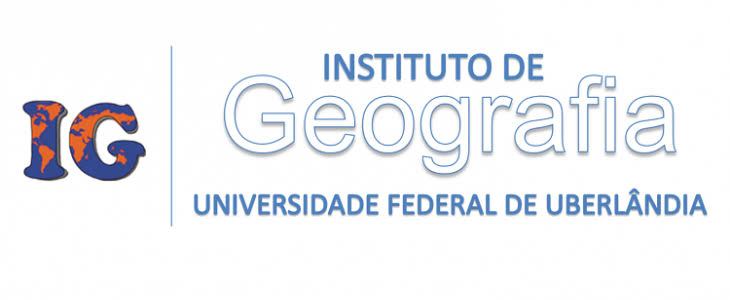THE URBAN SOCIABILITY IN THE PUBLIC SPACES OF THE DUAL CITY: INTERPRETATION THROUGH MENTAL MAPS AND ENVIRONMENTAL PERCEPTION IN BELO HORIZONTE, MINAS GERAIS, BRAZIL
DOI:
https://doi.org/10.14393/RCG207042508Keywords:
Urban space, Appropriation of space, Socio-spatial segregation, Street, PlaceAbstract
This study debates the relation between urban sociability and public space, emphasizing the street scale. It was motivated by the needed of understanding the dynamics of this dimension, which has been unconsidered as a place for social interaction and negated as relevant for the production of the urban space. The analysis was based on the interpretation of the residents' perception from two neighborhoods in Belo Horizonte (MG) with distinct socioeconomic levels. The methodology included the non-participant observation, the semi-structured interviews and the mental maps. The results revealed the fragility of personal relationships for residents of high-income neighborhood and refusal of the street as social space. In contrast, the other neighborhood presented an attractive environment as a function of strong ties of sociability. Lastly, these results suggest that the crisis of urban sociability is directly related to the crisis in the public spaces. This is justified by the processes of exclusion and social segregation; by the money economy, social leveler for inclusion and exclusion; by the stigma, which interferes in the social networks; by the emptying of the street as ludic space, either by the morphology of the place, the culture of fear or the individualism.
Downloads
Downloads
Published
How to Cite
Issue
Section
License
Autores que publicam nesta revista concordam com os seguintes termos: a) Autores mantém os direitos autorais e concedem à revista o direito de primeira publicação, com o trabalho licenciado sob a Creative Commons Atribuição-NãoComercial-SemDerivações 4.0 Internacional. b) Autores têm permissão e são estimulados a publicar e distribuir seu trabalho online (ex.: em repositórios institucionais ou na sua página pessoal), já que isso pode gerar alterações produtivas, bem como aumentar o impacto e a citação do trabalho publicado. c) Em virtude de aparecerem nesta revista de acesso público, os artigos são de uso gratuito, com atribuições próprias, em aplicações educacionais e não-comerciais.










